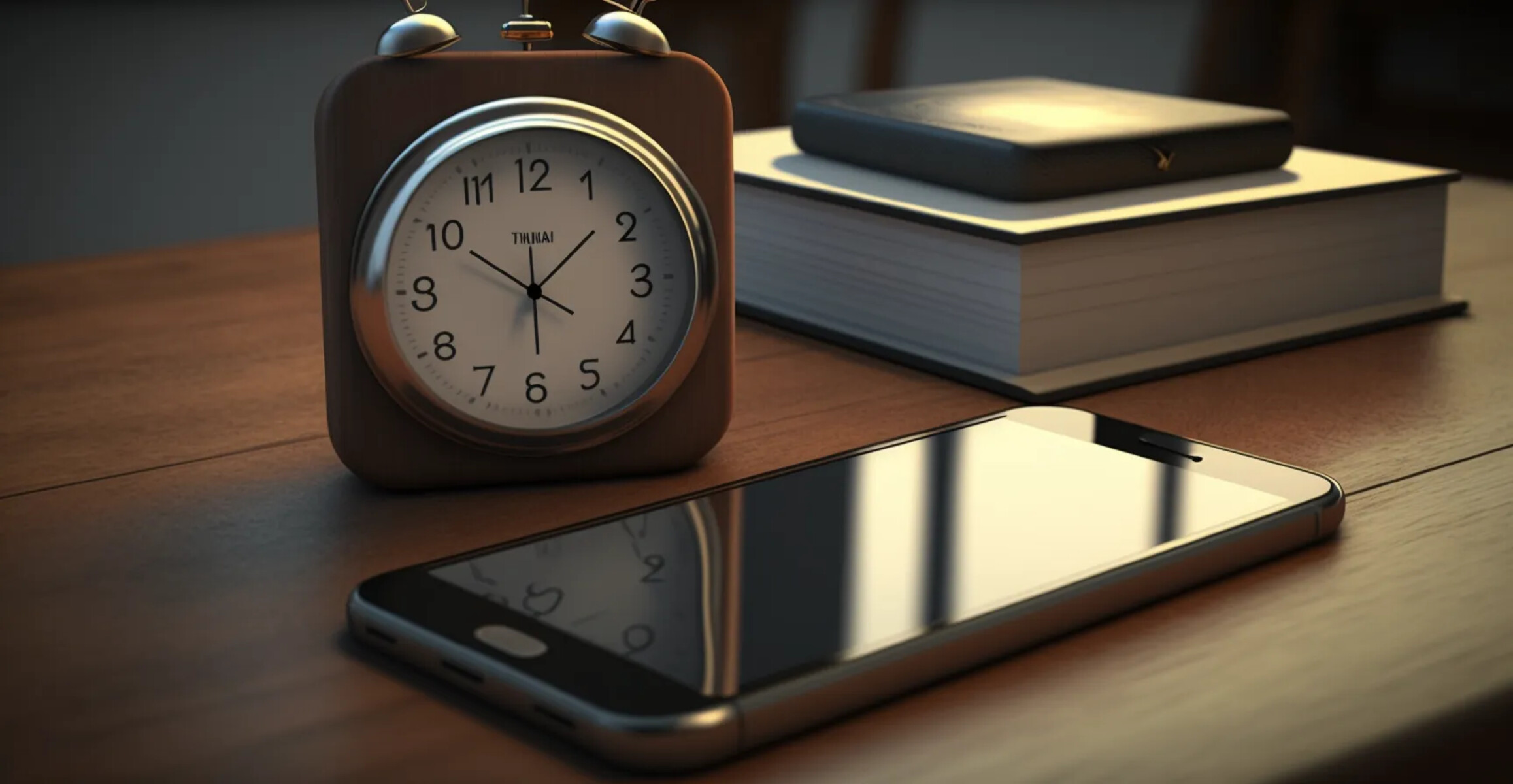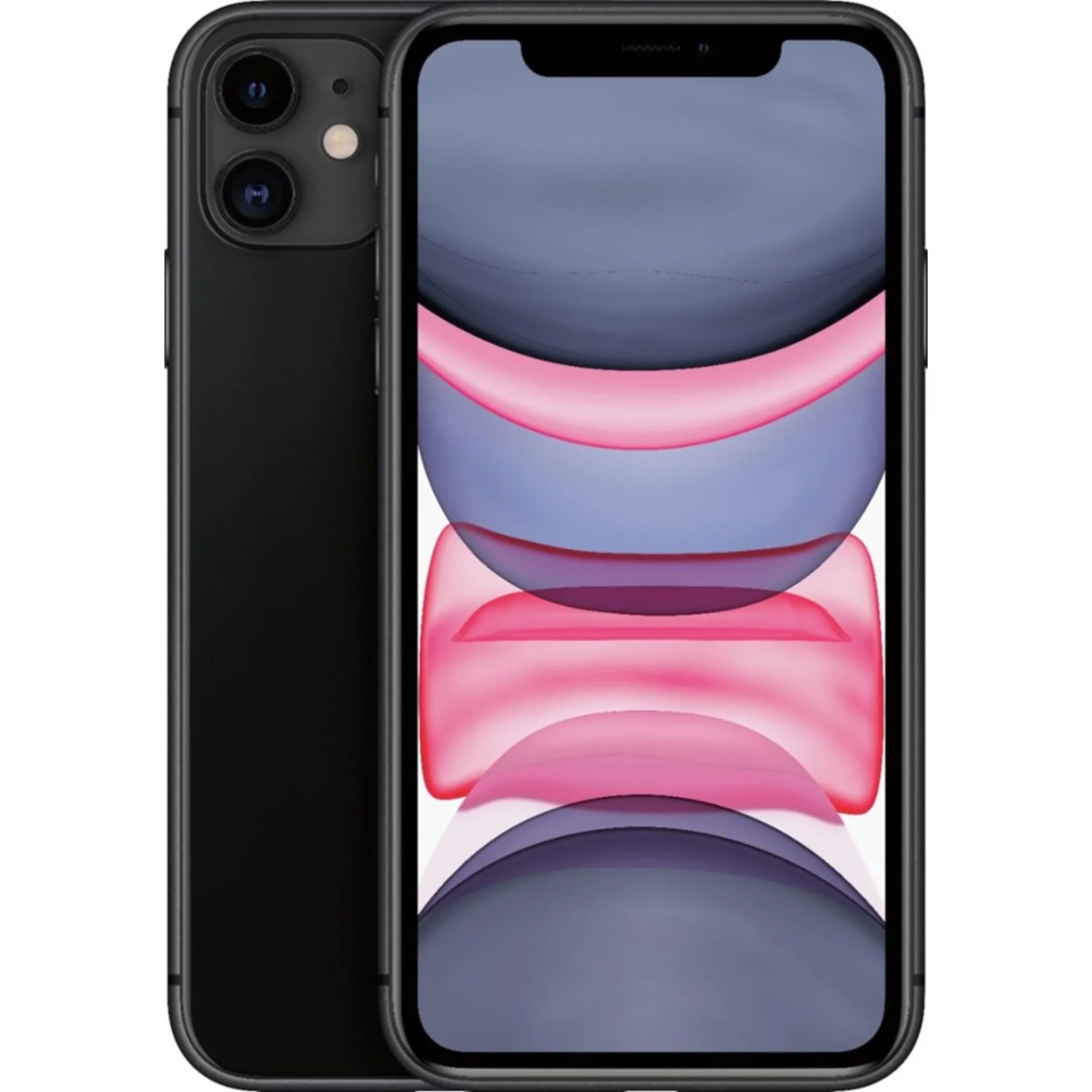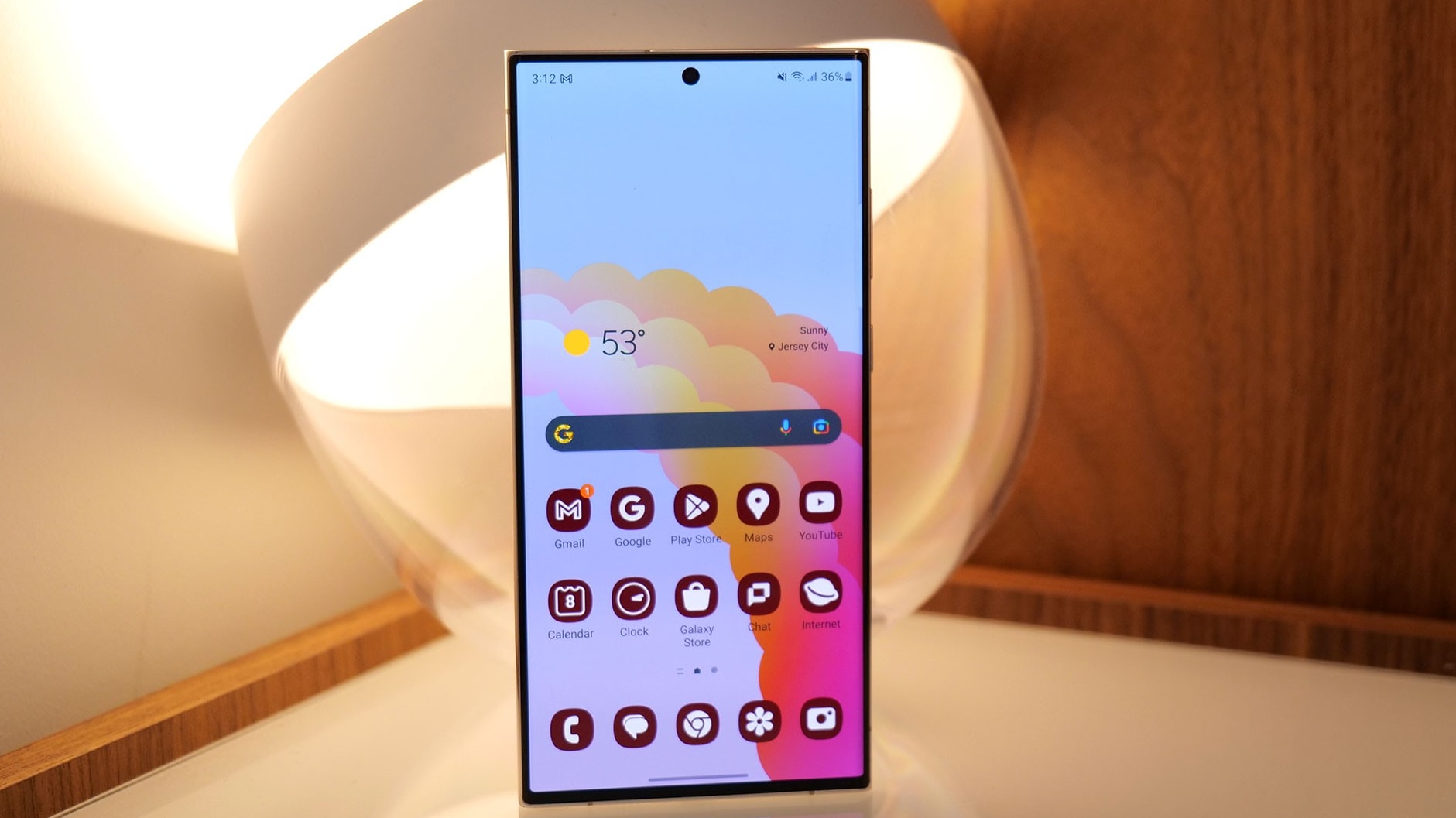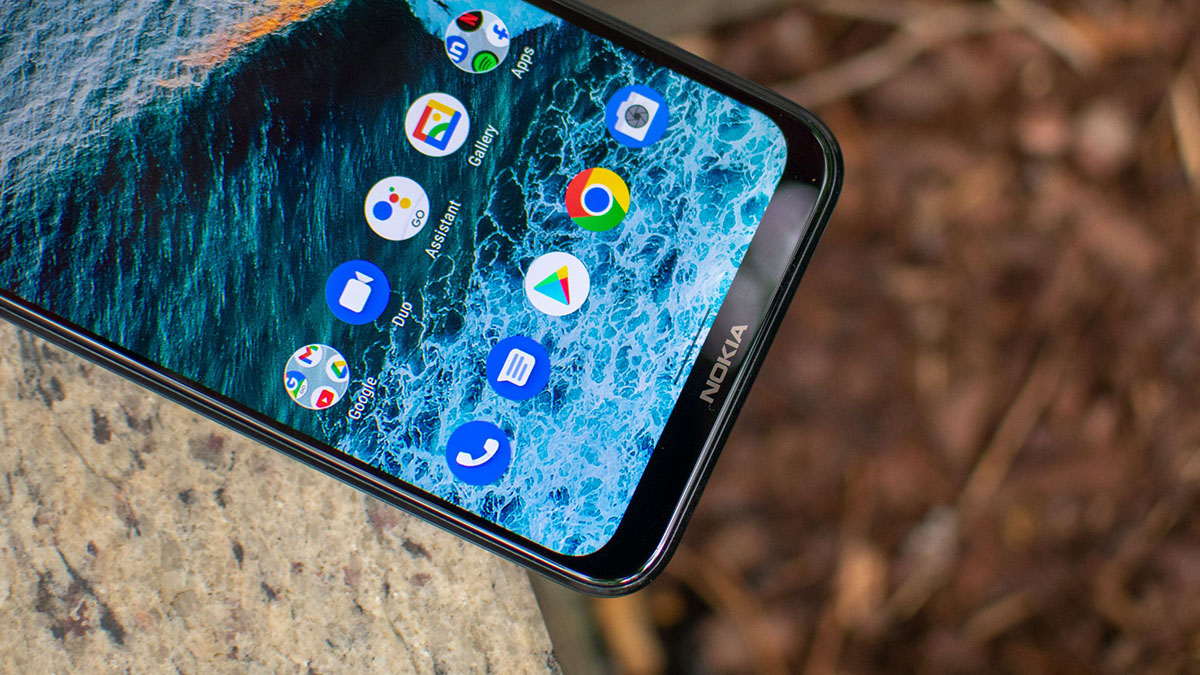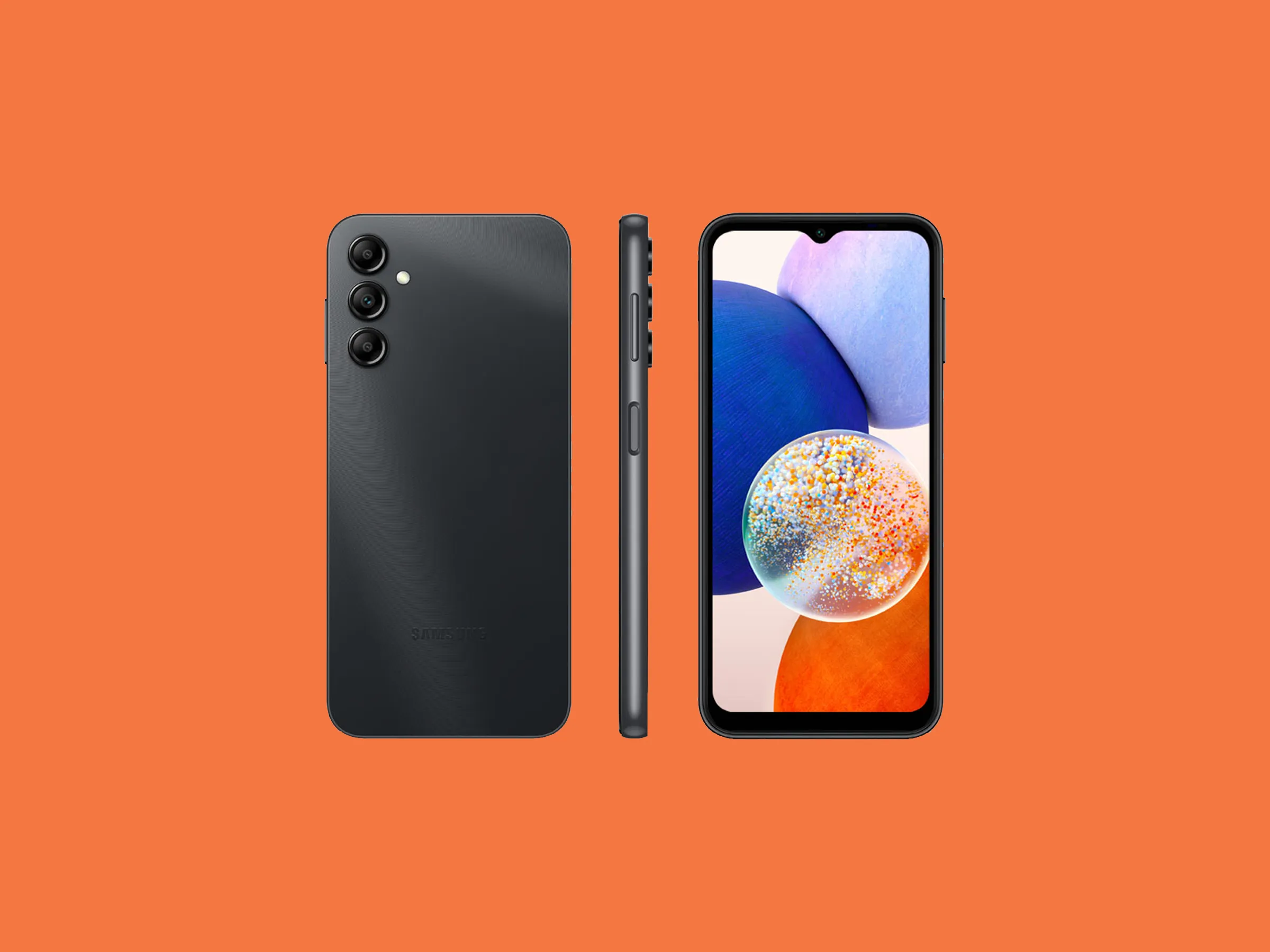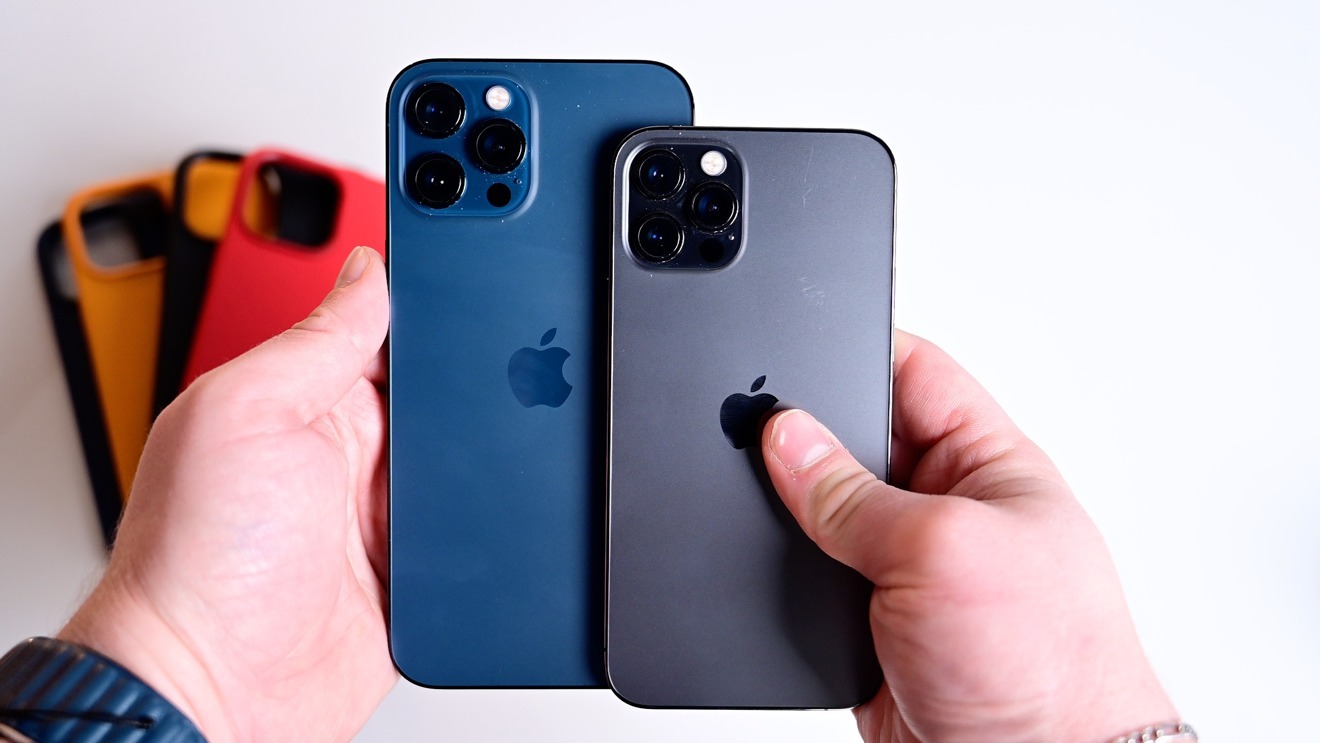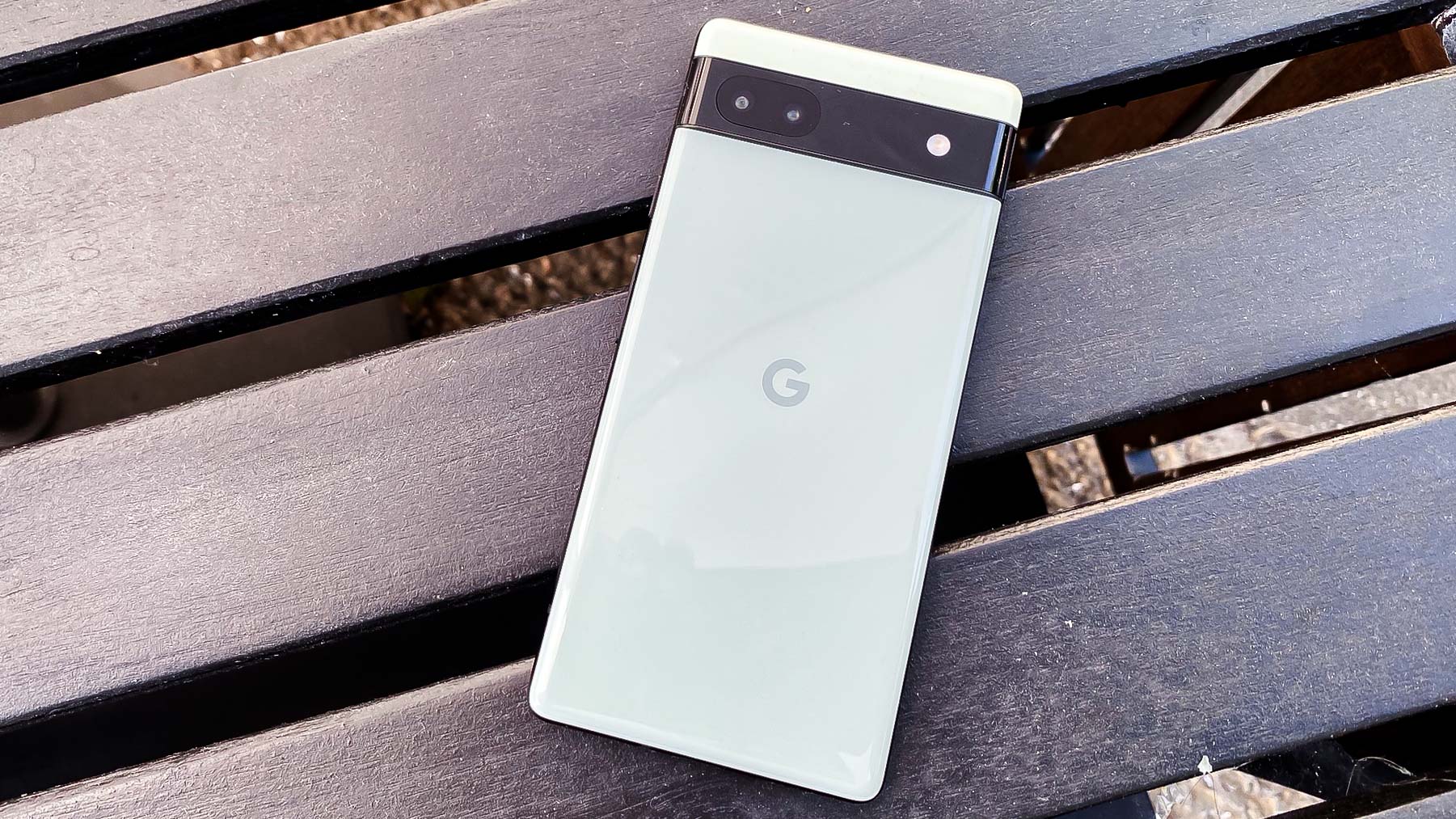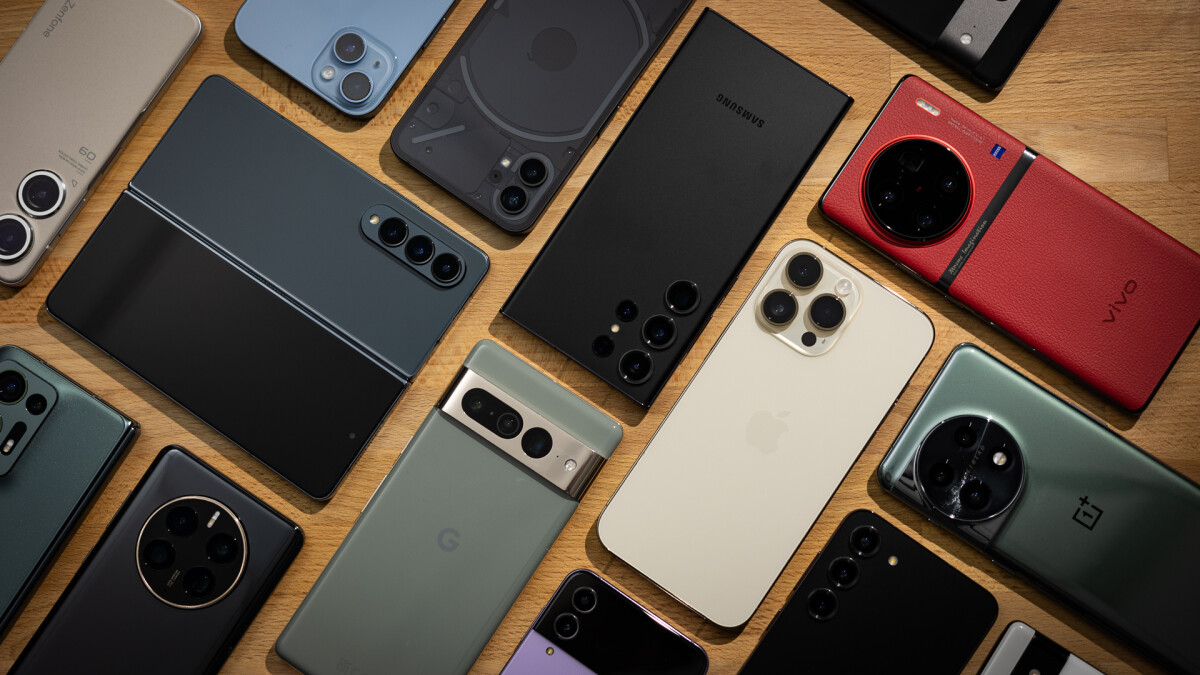Introduction
Smartphones have become an integral part of our lives, serving as our constant companion for communication, entertainment, and so much more. But have you ever wondered how long a smartphone is designed to last? With new models hitting the market every year, it’s essential to understand the factors that can affect the lifespan of these devices. From software updates to battery life and physical wear and tear, several elements contribute to the longevity of a smartphone.
In this article, we will explore the various factors that influence the lifespan of a smartphone and provide you with tips on how to prolong its usage. Whether you’re an Android enthusiast or an iPhone devotee, understanding these factors will help you make informed decisions about your device and potentially save you money in the long run.
So, if you’ve ever wondered why your smartphone starts slowing down or why the battery life seems to diminish over time, keep reading to discover the answers and learn how to extend the lifespan of your precious device.
Factors that Affect the Lifespan of a Smartphone
Several factors can influence the lifespan of a smartphone, determining how long it will remain functional before you need to consider replacing it. Let’s take a closer look at these factors:
- Software Updates and Compatibility: Regular software updates are crucial for optimizing the performance and security of your smartphone. However, as new updates are released, older devices may struggle to keep up. Operating system updates may require more processing power or RAM, making older models unable to handle the demands. Eventually, software support for older devices might be discontinued, preventing them from accessing the latest features and security patches.
- Battery Life and Performance: The battery is a critical component that affects the usability of your smartphone. Over time, batteries degrade, leading to shorter battery life and potential performance issues. Frequent charging, exposure to extreme temperatures, and using non-certified chargers can also impact the battery’s lifespan. Additionally, power-hungry apps and excessive device usage can accelerate battery deterioration.
- Physical Wear and Tear: Smartphones are exposed to daily wear and tear, increasing the likelihood of damage. Drops, spills, and accidents can cause cracks, shattered screens, or internal component failures. The build quality of the device, including the materials used and the presence of protective features such as Gorilla Glass or water resistance, can significantly impact its durability.
- User Habits and Care: How you use and care for your smartphone can affect its longevity. Heavy usage, such as running resource-intensive apps or multitasking, can put a strain on the device’s hardware components. Proper care, such as using screen protectors and protective cases, regularly cleaning the device, and avoiding exposure to extreme temperatures or moisture, can help prolong its lifespan.
By understanding these factors, you can take proactive steps to mitigate their impact and extend the lifespan of your smartphone. In the following sections, we will delve deeper into each factor and provide practical tips to maximize the longevity of your device.
Software Updates and Compatibility
Software updates play a crucial role in the performance, security, and overall lifespan of your smartphone. Manufacturers regularly release updates to enhance features, fix bugs, and address security vulnerabilities. However, as new updates are rolled out, older devices may struggle to keep up with the growing demands.
Operating system updates, such as Apple’s iOS or Google’s Android, often come with increased system requirements. These updates may require more processing power, RAM, or storage space, which older devices may not have. As a result, updating to the latest software version can lead to a noticeable decrease in performance on older smartphones.
In addition to performance issues, older devices may also face compatibility challenges with newer software versions. Manufacturers prioritize providing updates and support to their newest models, gradually phasing out older devices. Eventually, these older devices may no longer receive software updates, leaving them more vulnerable to security risks and lacking access to the latest features.
However, there are steps you can take to optimize software updates and compatibility on your smartphone:
- Regularly Update: Stay on top of software updates for your device. They often include improvements in performance, security, and new features. Keep in mind that older devices may not receive the same update frequency or support as newer models, but it’s essential to install the updates that are available.
- Manage Apps and Storage: Keep your apps and device storage organized. Uninstall unused apps and clear out unnecessary files to free up space. This can help ensure you have enough storage capacity for installing updates and running the latest software versions.
- Take Advantage of Lightweight Versions: Some manufacturers offer lightweight versions of their operating systems specifically designed for older or budget-friendly devices. These versions often have fewer resource requirements, allowing older smartphones to run more smoothly. Look out for such options if available for your device.
- Consider Custom ROMs: For tech-savvy users, installing custom ROMs (customized versions of the operating system) can breathe new life into older devices. This alternative firmware can provide access to the latest software features and updates not officially available for your device.
By staying informed about software updates, managing your device’s storage, and exploring alternative options, you can optimize the performance of your smartphone and extend its useful lifespan.
Battery Life and Performance
The battery is a vital component of any smartphone, as it directly impacts its usability and performance. Over time, however, batteries naturally degrade, leading to shorter battery life and potential performance issues. Understanding the factors that affect battery lifespan can help you maximize the longevity of your device.
Frequent charging and discharging can strain the battery and shorten its lifespan. It’s recommended to avoid fully draining the battery regularly and instead maintain a moderate charge level between 20% and 80%. Additionally, using non-certified chargers or keeping your device plugged in for extended periods can contribute to battery degradation.
Power-hungry apps and excessive device usage can also lead to increased battery drain and performance issues. Resource-intensive apps, such as gaming or streaming applications, can put a significant strain on the battery and the device’s processor, causing it to heat up and reducing overall performance. Limiting the use of these apps or optimizing their settings can help conserve battery life and maintain better performance.
Fortunately, there are steps you can take to optimize the battery life and performance of your smartphone:
- Enable Battery-Saving Mode: Most smartphones have a battery-saving mode that adjusts various settings to conserve battery life. Activating this mode can reduce background activity, lower screen brightness, and limit performance to extend battery longevity.
- Manage App Usage and Background Processes: Take control of your apps and their background processes. Close unnecessary apps, disable push notifications for non-essential apps, and limit background app refresh to minimize battery drain.
- Adjust Screen Brightness and Timeout: Lowering the screen brightness and reducing the screen timeout duration can significantly impact battery life. Use automatic brightness settings or manually adjust it to a level that is comfortable for you while still conserving battery power.
- Monitor App Battery Usage: Keep an eye on the battery usage of individual apps. Check your device’s battery settings to identify power-hungry apps that contribute to excessive battery drain. Consider uninstalling or optimizing those apps to improve battery life.
- Keep Your Device Cool: Avoid exposing your smartphone to excessive heat, as high temperatures can accelerate battery degradation. Keep it away from direct sunlight, hot surfaces, and avoid using it while charging to prevent overheating.
- Replace the Battery: If you notice a significant decline in battery performance, replacing the battery can breathe new life into your smartphone. Contact the manufacturer or a reputable repair service to inquire about battery replacement options for your device.
By implementing these tips, you can optimize battery life, improve overall performance, and extend the lifespan of your smartphone.
Physical Wear and Tear
Smartphones are subjected to daily wear and tear, which can impact their durability and longevity. Drops, spills, and accidents are common occurrences that can result in physical damage to the device. Understanding the factors that contribute to physical wear and tear can help you take preventive measures and ensure your smartphone lasts longer.
The build quality of the device plays a crucial role in its durability. Smartphones with sturdy materials such as aluminum or reinforced glass are generally more resistant to physical damage. Look for devices that offer features like Gorilla Glass or water and dust resistance, which can provide an added layer of protection.
However, even with durable construction, accidents can happen. It’s important to use protective measures to reduce the risk of damage:
- Invest in a Protective Case: A quality protective case can help absorb the impact of accidental drops and protect your smartphone’s body and screen from scratches and cracks.
- Apply a Screen Protector: The screen is one of the most vulnerable parts of a smartphone. Applying a tempered glass or film screen protector can add an extra layer of protection against scratches and cracks.
- Handle With Care: Be mindful of how you handle and carry your smartphone. Avoid placing it in pockets with sharp objects that could scratch the screen or damage the body. Hold it securely to reduce the risk of accidental drops.
- Keep it Away from Liquids: Moisture can cause significant damage to a smartphone’s internal components. Be cautious around water, spills, or any other liquids. If your device comes into contact with liquid, power it off immediately and seek professional assistance if necessary.
- Use External Protection: Accessories like belt clips, holsters, or lanyards can provide additional security and prevent accidental drops or loss of your smartphone.
- Regularly Clean Your Device: Dust, dirt, and debris can accumulate in the small crevices of your smartphone, potentially causing damage over time. Clean your device regularly with a soft, lint-free cloth to keep it free from debris and maintain its appearance.
By implementing these protective measures and handling your smartphone with care, you can minimize physical wear and tear, preserving the integrity and lifespan of your device.
User Habits and Care
Your habits and the care you provide to your smartphone play a significant role in determining its lifespan. How you use and maintain your device can greatly impact its performance, durability, and overall longevity. By adopting good user habits and implementing proper care, you can ensure your smartphone lasts longer and functions optimally.
One of the crucial factors is managing your device’s storage and memory. Over time, accumulated data, including photos, videos, and app data, can take up valuable space and contribute to slower performance. Regularly deleting unnecessary files and apps can help free up storage and ensure your device operates smoothly.
Furthermore, being mindful of how you use your smartphone can help prolong its lifespan. Here are some tips for establishing healthy user habits:
- Avoid Overcharging: Leaving your smartphone connected to the charger for extended periods can potentially overcharge the battery and shorten its lifespan. Unplug your device once it reaches a full charge to prevent unnecessary strain on the battery.
- Handle With Clean Hands: Oils, dirt, and sweat from your hands can accumulate on the surface of your smartphone, potentially causing smudges, scratches, and even damage to the internal components. Clean your hands before using your device to maintain its cleanliness and longevity.
- Use Wi-Fi Instead of Mobile Data: Excessive use of mobile data can drain your smartphone’s battery and put a strain on your device’s processor. Whenever possible, connect to a reliable Wi-Fi network to conserve battery life and improve overall performance.
- Avoid Excessive Heat and Cold: Extreme temperatures can have adverse effects on your smartphone. Avoid exposing it to high heat or cold conditions, as this can damage the battery and impact the internal components’ functionality.
- Regularly Restart Your Device: Restarting your smartphone periodically can help clear cached data, close unnecessary background processes, and improve overall performance. Restarting can help resolve minor software glitches and keep your device running smoothly.
- Secure Your Device: Protecting your smartphone with a strong password, PIN, or biometric authentication can prevent unauthorized access and potential security breaches. Additionally, enabling device tracking and remote wiping features can help safeguard your data in case of loss or theft.
Proper care is also essential for extending your smartphone’s lifespan:
- Use a Screen Protector: Applying a screen protector can prevent scratches, smudges, and cracks on your smartphone’s screen. It acts as a barrier against everyday wear and tear.
- Store Your Smartphone Properly: When not in use, store your device in a safe and secure place to minimize the risk of accidental drops, spills, or damage.
- Regularly Clean Your Device: Cleaning your smartphone regularly helps remove dust, dirt, and debris that can accumulate in the various openings and surfaces. Use a soft, lint-free cloth to gently wipe down your device.
- Avoid Using Harsh Cleaning Agents: When cleaning your device, avoid using harsh chemicals or cleaning agents, as they can damage the screen and other components. Stick to gentle cleaners specifically designed for electronics.
By incorporating these user habits and caring for your smartphone diligently, you can significantly enhance its lifespan and ensure that it continues to serve you well for years to come.
Average Lifespan of Different Smartphone Brands
The lifespan of a smartphone can vary depending on the brand and model. While it’s impossible to determine the exact lifespan of a device, certain smartphone brands have built a reputation for producing durable and long-lasting devices.
Apple iPhones are often known for their longevity. iPhones typically receive software updates for several years, ensuring that older models can still run the latest iOS versions. This extended software support means that iPhones can continue to function effectively even after a few years of usage. It’s not uncommon to see iPhones being used for four to five years or even longer.
Samsung, a major player in the Android market, is also known for producing smartphones with a relatively long lifespan. Samsung devices often receive software updates for a few years, although the exact length of support may vary depending on the model. With proper care and regular software updates, Samsung smartphones can continue to perform well for three to four years.
Google Pixel devices, being part of Google’s own line of smartphones, also tend to have a good lifespan. Google typically provides software updates to Pixel devices for a minimum of three years from their release date, ensuring that users can continue to enjoy the latest Android features and security patches. With this support, Pixel devices can last for around three to four years.
Other reputable brands, such as OnePlus, LG, and Motorola, also offer smartphones with decent lifespans. These brands generally provide software updates for a reasonable duration, ensuring that their devices remain relevant for a few years.
It is worth noting that the usage patterns, software updates, and care provided by the users can influence the lifespan of any smartphone brand. Regularly updating the software, optimizing usage habits, and implementing protective measures can help maximize the lifespan of a smartphone, regardless of the brand.
Ultimately, the longevity of a smartphone depends on a combination of factors, including the brand, software support, user habits, and care. By choosing a reputable brand that offers long-term software support and implementing proper maintenance, you can extend the lifespan of your smartphone and ensure its usability for several years.
Tips to Prolong the Lifespan of Your Smartphone
Prolonging the lifespan of your smartphone is beneficial not only for your wallet but also for the environment. By taking proactive steps to maintain and care for your device, you can extend its usability and ensure optimal performance. Here are some tips to help you prolong the lifespan of your smartphone:
- Keep your software up to date: Regularly update your smartphone’s operating system and apps. Software updates often include bug fixes, security patches, and performance enhancements, which can improve the overall longevity of your device.
- Manage your storage: Regularly declutter your device by deleting unnecessary files, apps, and media. Running out of storage can degrade performance, so ensure that you have sufficient space for your smartphone to operate smoothly.
- Optimize battery usage: Avoid excessive heat and cold, as extreme temperatures can impact battery life. Avoid overcharging your device and consider using battery-saving features that can extend battery longevity.
- Use protective accessories: Invest in a high-quality protective case and apply a screen protector to safeguard your smartphone from drops and scratches. Additionally, consider using a dust plug to prevent debris from entering charging ports and audio jacks.
- Take precautions against water damage: While some smartphones are water-resistant, it’s still important to avoid exposing your device to excessive moisture. Protect your phone from accidental spills or submersion to prevent water damage.
- Avoid multitasking and excessive app usage: Running too many apps simultaneously or using resource-intensive apps can strain your device’s hardware components. Close unnecessary apps and limit multitasking to maintain optimal performance.
- Handle your smartphone with care: Avoid dropping or mishandling your device. Use both hands when operating it and secure it properly in a pocket or bag when not in use. Being cautious with physical handling can prevent accidental damage.
- Regularly clean your smartphone: Use a soft, lint-free cloth to wipe off fingerprints, dust, and debris from your device. Clean the charging port and audio jacks carefully using a soft brush or compressed air to prevent accumulation of dirt.
- Backup your data: Regularly back up your important data, such as photos, videos, and documents. This ensures that if something happens to your device, you won’t lose valuable information. Backup options include cloud storage, external hard drives, or computer backups.
- Seek professional assistance when needed: If you encounter significant issues, such as hardware failures or software glitches, it’s best to consult a professional technician or contact the manufacturer for support. Attempting to fix complex issues yourself may further damage your device.
By following these tips and incorporating them into your smartphone usage routine, you can significantly prolong the lifespan of your device, saving you money and reducing electronic waste in the process.
Conclusion
Smartphones have become an essential part of our daily lives, so it’s crucial to understand how to prolong their lifespan and maximize their utility. Factors such as software updates, battery life, physical wear and tear, user habits, and care all play a role in determining the longevity of a smartphone.
By regularly updating your device’s software, managing storage, and optimizing battery usage, you can ensure that your smartphone operates efficiently for an extended period. Taking precautions against physical wear and tear, such as using protective accessories and handling your device with care, can help prevent damage and increase its lifespan.
Furthermore, adopting good user habits, such as avoiding excessive app usage and multitasking, and properly maintaining your smartphone by regularly cleaning it and seeking professional assistance when needed, can contribute to its longevity.
It’s important to note that different smartphone brands have varying lifespans, with some renowned brands offering more extended software support and durability. However, ultimately, how you use and care for your device will have a significant impact on its longevity.
By implementing these tips and being mindful of the factors that affect smartphone lifespan, you can extend the usability of your device, potentially saving money on frequent upgrades and reducing electronic waste.
So, take the necessary steps to protect and maintain your smartphone, and enjoy its functionality for years to come.







